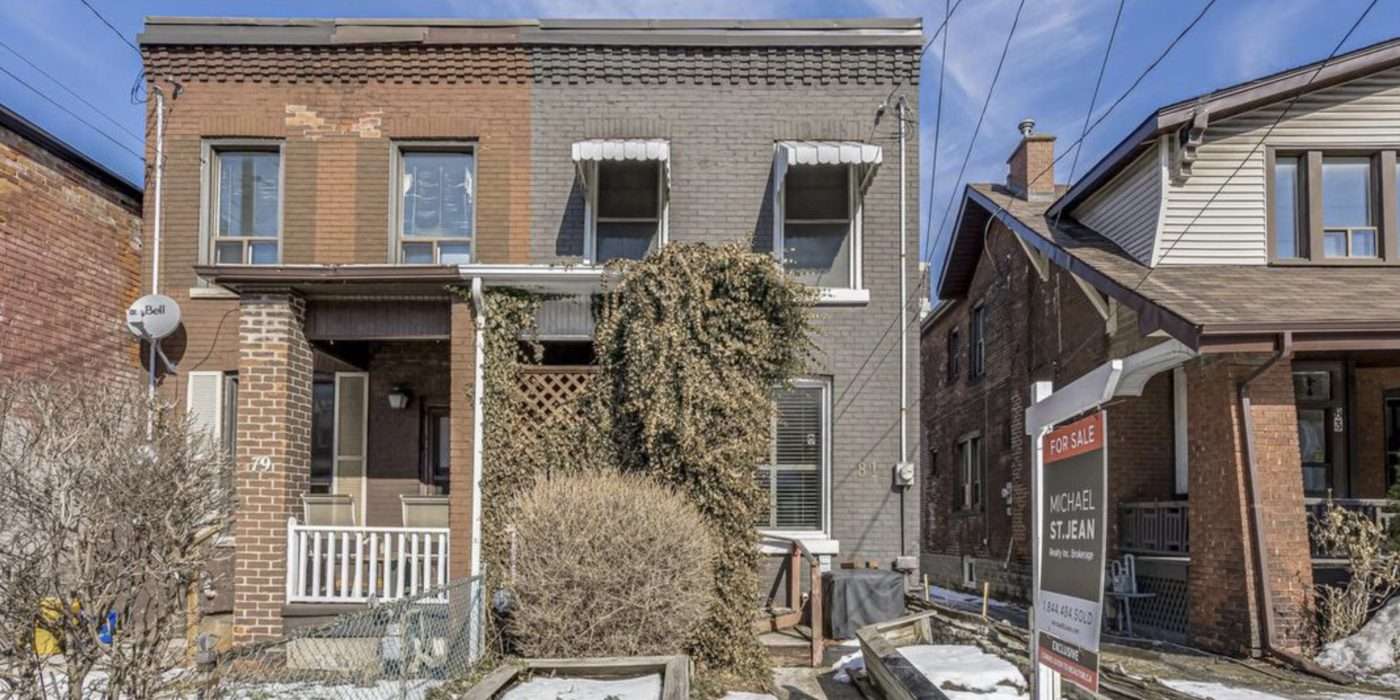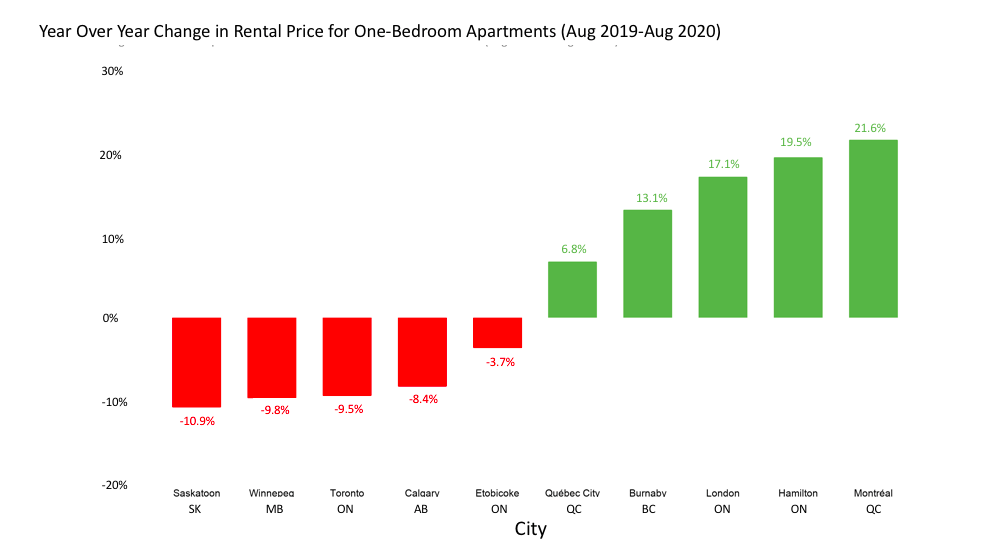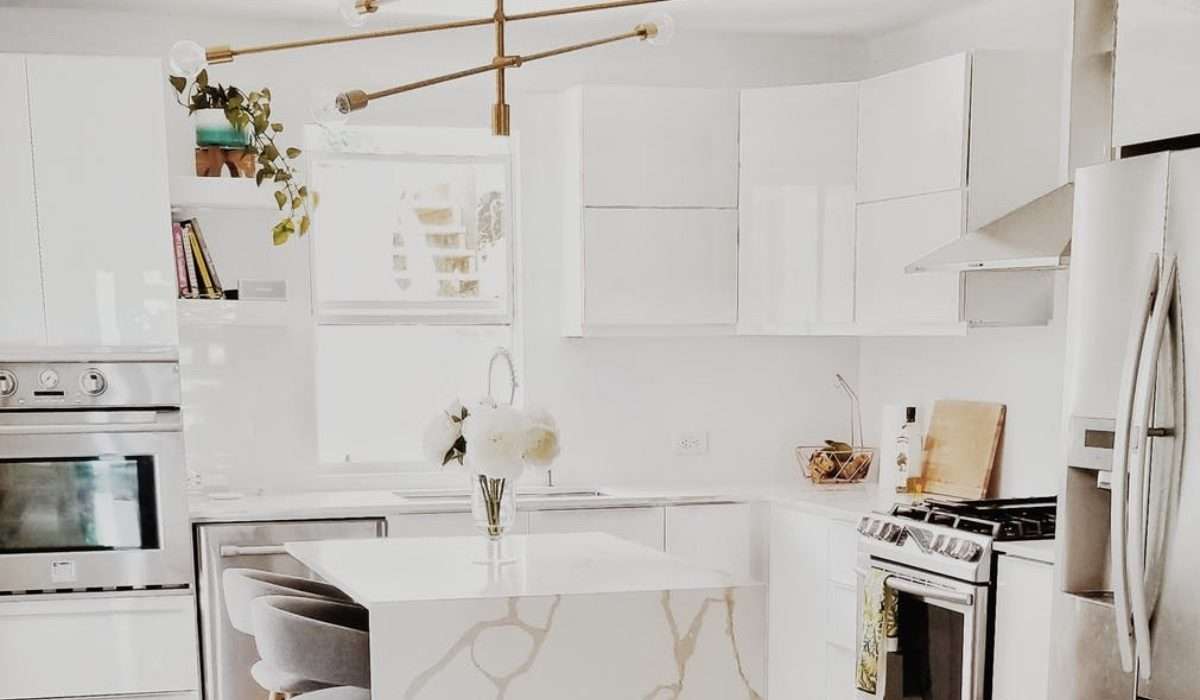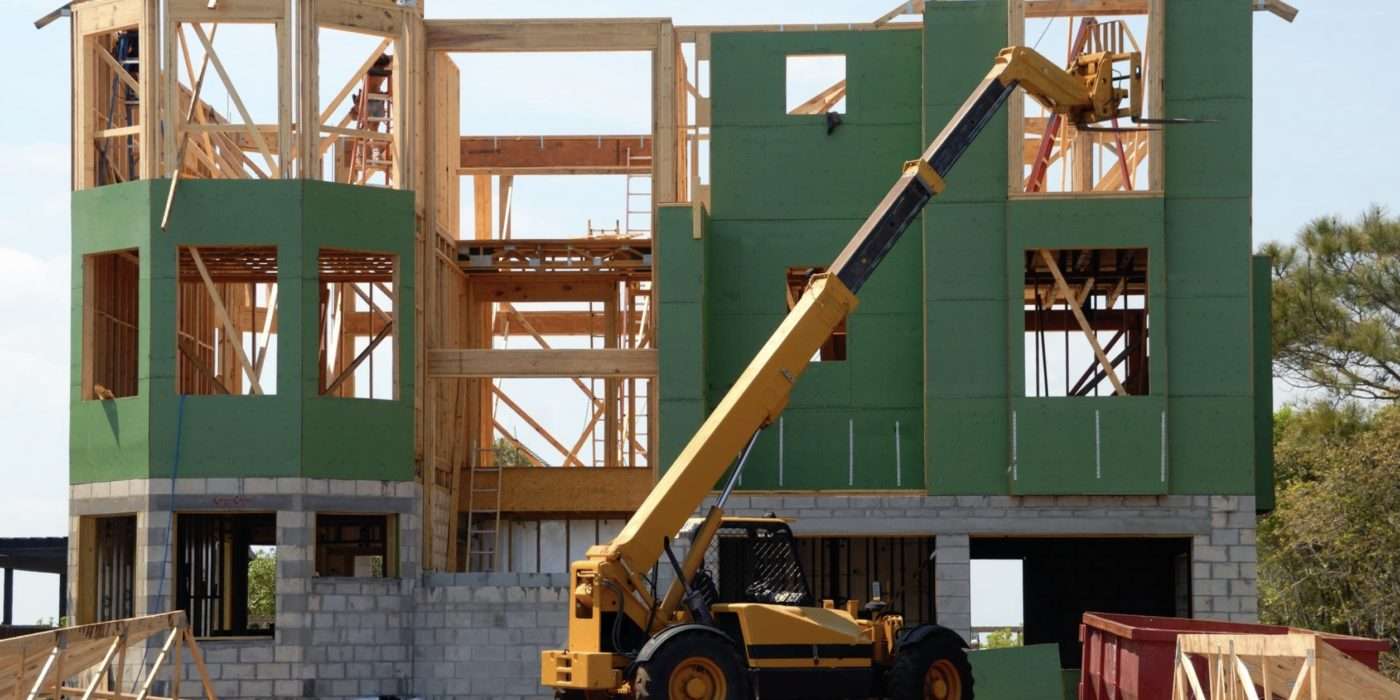So you’ve decided to buy an investment property! That’s great news – real estate is a sound investment that has the potential to provide long-term financial stability.
Real estate can be a good investment for those looking to diversify their portfolio and save up some passive income. If you are thinking about investing, it’s important to research the property market thoroughly. Since this includes many factors including location, size, and price, you may feel stuck wondering how to choose the right investment property that will give you great returns.
Before you can start buying properties, you need to figure out which property is right for you. In this article, we’ll outline the factors you need to consider when choosing an investment property.
Talk to other investors about their experiences investing in real estate
Investing in real estate is no small commitment. Speaking with other investors and learning from their experience is the best way to make sure you set yourself up for success.
Before you put down thousands of dollars on that perfect investment property, learn as much as you can from other investors. You may find that some properties are not worth your time or money, saving you a great deal of frustration in the long run.
Where can you find other like-minded investors? Look for online forums, search for Facebook groups, attend seminars, and join local business meetups.
BuyProperly is a tight-knit group of real estate investors. Want to learn more about how they help people grow their real estate portfolios? Visit BuyProperly now >>
Find out what type of property is best for your needs (apartment buildings vs. single-family homes)
As a new real estate investor, it may be hard to decide what type of investment property is best for your needs. But before you can decide which type of property to invest in, it’s important to figure out what kind of return you want to get on your investment.
Single-family and multi-family investment properties both come with their own unique challenges. Single-family homes are less expensive and often easier to manage upfront, but you may not see fast growth.
Multi-family properties, on the other hand, are much more expensive to purchase and require a higher level of management, but the returns will start rolling in more quickly.
The investment property you choose should be based on your goals and lifestyle.
Plan out your short term and long term investment goals
Before you can choose an investment property, you need to know what your goals are. Do you want to quit your job and work for yourself? Or are you just looking for passive income that can help supplement your existing salary? The first step is knowing what you actually want.
Once you’ve identified your short-term and long-term goals, use those to map out your investment portfolio.
Are you looking for properties under market value and that you can renovate and flip for a quick profit? Do you want to build a portfolio with more long-term, cash-flowing investments? Maybe you want a healthy combination of both.
Whatever you decide, let your goals guide you when searching for new investment properties.
Consider the location of the property
The location of an investment property is one of the most important factors to consider. This means that you should take into account the current demand for housing in that neighbourhood, as well as any future growth projections.
You’ll need to know how each neighbourhood stacks up against other areas in terms of safety levels and amenities. You should also research average property values in the neighbourhood.
Once you have gained a deeper understanding of the local housing market, assess if there are certain areas that will be growing at a faster rate than others and analyze how your potential income property stacks up.
Research house prices in the neighbourhood
The key to a successful house flip is buying under-market value properties. The key to a successful rental portfolio is buying properties that have the potential to net a good operating income in relation to their purchase price.
Finding these deals means having a really good understanding of the current market conditions in your area.
It’s always best to purchase real estate in a “buyer’s market” to avoid overpaying for your property, but no matter what market you’re in, keep an eye out for diamonds in the rough and properties that look like they have the potential to increase in value.
Determine if you can afford monthly mortgage payments, taxes, insurance, and maintenance costs
If you want to invest in real estate, you’ll need to be able to pay for the costs of owning the property.
For instance, if you are buying an apartment, your mortgage payments may consist of property taxes, interest payments on your loan, and homeowners’ insurance. You should also consider things like one-time repair costs, ongoing maintenance, property management, and average vacancy rates.
The most important thing new investors should do is make a budget and have a very clear idea of how much not only the building itself costs, but how much the ongoing expenses will be.
Take into account any zoning or building restrictions
It’s possible that the property you have your eye on comes with some strings attached. You should make sure that the property has the appropriate zoning and permits for what you want to do with it. If you plan on carrying out any renovations, check city planning documents first to determine if certain renovations are allowed.
You’ll need this information later when you’re putting together a business plan.
Evaluate the long-term potential for rental income
The price you’ll pay for an investment property greatly depends on how much rent you’re able to collect. This is known as your return on investment (ROI).
You’ll need to consider current vacancy and rental rates as well as any factors that may affect demand for your apartment(s) in the future, such as nearby development projects, schools, parks, transportation, or popular bars and restaurants.
For example, if there is a new shopping mall being built, your apartment might become more desirable to renters after the mall is completed. This could increase your monthly cash flow by 5, 10, or even 20%.
Even if you plan on owning a property for several years, always keep an eye out for opportunities to make extra cash through rental income.
Speak with a realtor or mortgage broker about financing options
Your realtor and mortgage broker are experts in the field of real estate financing. They have helped many people buy homes before, and they can help you, too. Speak to them about any prerequisites — such as a minimum credit score — for qualifying for a loan and how much money you need to bring to closing.
Some closing costs to keep an eye out for include:
- lawyer’s fees
- property tax adjustments
- utility bill adjustments
- surveys and deeds
- title search documents
- appraisals
Don’t have enough cash to buy a property in your neighbourhood? At BuyProperly, they allow investors to get started for as little as $2,500 and see projected annual returns of 10-40%. How? They use a fractional ownership model with the mission to make real estate investing simple and accessible to everyone.
Learn more here.
Make sure that you have enough savings for emergencies like repairs or vacancies
You should also take into account any repairs that might be needed on the property, as you might have to dip into your emergency fund for this.
Here are some important questions to ask that any qualified home inspector will be able to give you information on:
- What is the age and condition of the roof?
- How old is the furnace and was the maintenance done regularly?
- What is the age and condition of the water heater?
- What is the condition of the windows?
- Are all the appliances in good working order?
- Are there any serious code violations that need to be addressed immediately?
- What is the general interior condition and are there any small repairs required?
Before moving ahead with your purchase, it’s important to seriously consider all the necessary repairs and budget accordingly.
Decide on property management
First, decide how you’ll be structuring the management for your new property. Will you rely on a management company, or are you buying something close by so you can take care of showings, maintenance, and emergencies?
The management structure you choose will depend on your lifestyle, knowledge, location, and availability.
If there is a property management company already established in the area, you should speak with them to determine what fees they charge for rent collection and maintenance. Find out average management rates in the area and factor that into your budget.
Consider long-term appreciation potential
We all know that real estate prices have been going up year after year, but before finalizing a purchase, you’ll want to take a serious look at what the long-term outlook is for that particular neighbourhood.
Pay close attention to large developments being built nearby. Is there an expected increase in demand? Will there be a new highway exit or a major retailer moving in? What has the average appreciation rate been over the last 5, 10, and 25 years?
Property appreciation is a tremendously important factor when building a profitable real estate portfolio.
Determine how much money you want to re-invest in new properties each year
When looking for a new property to invest in, you should consider how aggressively you want to acquire new properties and grow your real estate portfolio each year.
If you have a limited amount of capital, then perhaps begin by purchasing one or two smaller units per year until you have built up 10 units. Then you can re-invest profits to acquire more units over time.
On the other hand, if you’re looking for a high-growth rate return on your investment, you could consider purchasing 5 or more additional units each year, or looking into larger multi-family properties to see the returns accumulate more quickly.
Calculate the CAP rate
The CAP rate (also known as the cash-on-cash, return on investment, ROI, or COC) is used to determine how profitable a property will be in comparison to its purchase price. The formula for CAP rate is:
CAP Rate = Net Annual Cash Flow / Purchase Price
For example: if you buy a property for $300,000 and figure out that after expenses, the net operating income will be $15,000/year, your CAP rate is 5%.
What is considered a good CAP rate?
The industry average for a single-family home is between 6-8% while apartments are around 10%. However, cap rates depend on several factors such as location, property type, and market conditions.
What you look for as a real estate investor depends on your goals.
Have patience and remember that it takes time to make a profit in real estate
Remember that any purchase you make is an investment. While the early years of owning property may not be profitable, it’s important to be patient and hold on to your rental property for the long term, or at least 5 years.
Through cash flow from rental income, appreciation, and several fantastic tax benefits, you’ll build a stable and profitable real estate portfolio and increase your wealth at the same time.
Conclusion
Whether you’re looking for your first property or your tenth, the buying process doesn’t have to be overwhelming.
Remember that it takes time and patience when investing in real estate so don’t feel like you need to rush into a decision right away. Think about what type of investment is best for you. Whether it’s an apartment building with many units, a single-family home as a rental, or getting involved in flipping properties, each option will come with different levels of risk and reward.
Ready to find your next investment property? BuyProperly can help. They use a fractional ownership model that allows investors to start for as little as $500.
BuyProperly has taken that complex, time-consuming, and expensive process and simplified it. Using their expertise in the industry and AI technology, they find and acquire the best properties that will make top performing rental properties and excellent investment opportunities for you to build your wealth.
See their properties here.
























